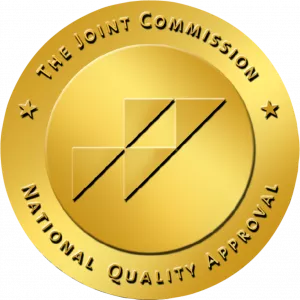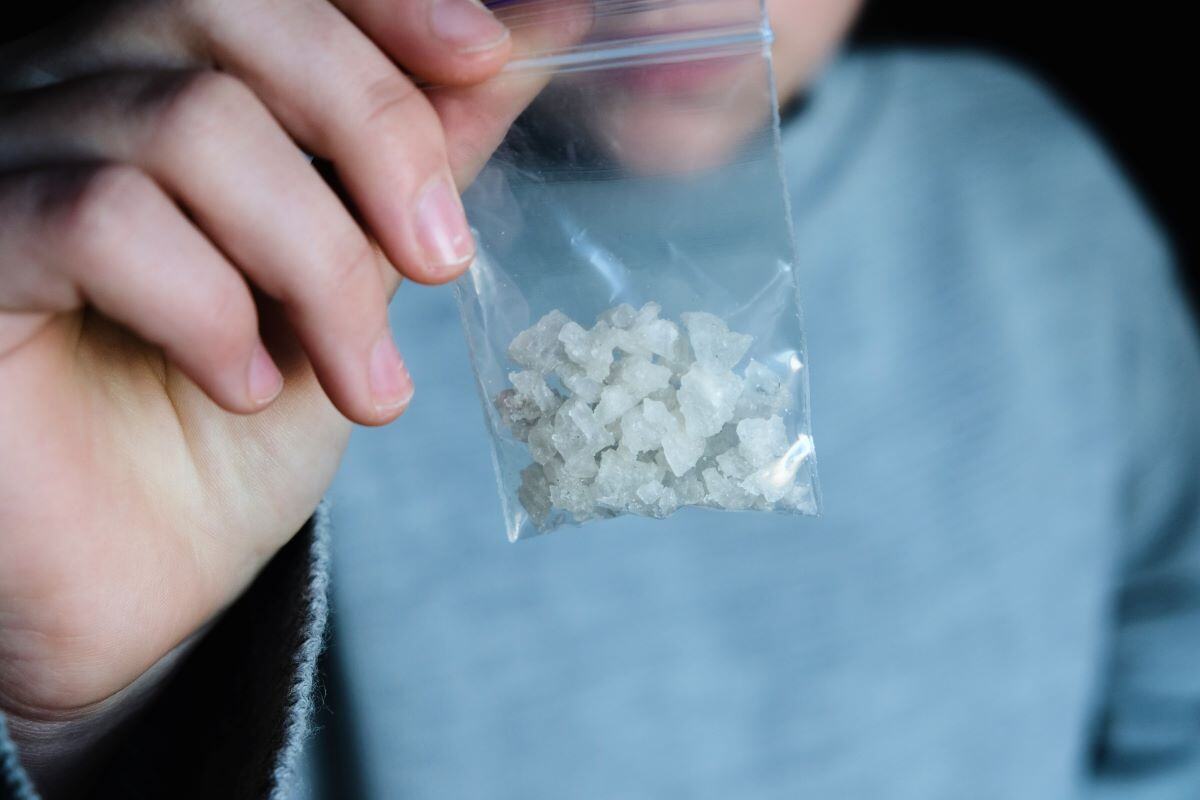Shake and bake meth, also known as one-pot meth, is a simplified method for producing methamphetamine using common household items like cold medication (pseudoephedrine), lithium from batteries, and solvents such as camp fuel. By mixing these ingredients in a plastic bottle and shaking it, a chemical reaction occurs, producing meth quickly with less equipment than traditional methods.
Using the shake and bake method to make meth is dangerous and can cause explosions, severe burns, and toxic waste that harms the environment. The ease and speed of this method make it particularly hazardous, making it dangerous for people and communities.
In general, meth use leads to addiction, heart problems, brain damage, and an increased risk of infections from unsafe injection practices. If you or a loved one is addicted to shake and bake methamphetamine, reach out to us at Avenues Recovery so we can guide you on the road to recovery.
How To Make Shake and Bake Meth
The meth shake and bake process begins with extracting pseudoephedrine from cold medications, and then adding lithium strips and ammonium nitrate from cold packs. These ingredients are mixed together in a plastic bottle, and shaking it triggers a reaction that creates meth. However, this method is extremely dangerous because the chemical reaction can cause the bottle to explode, leading to fires, chemical burns, and poisoning.
Once made, meth is typically smoked, snorted, injected, or ingested. Each method is dangerous for drug users.
Common ingredients used to make shake and bake meth include:
- Toluene
- Sodium hydroxide
- Hydrochloric acid or sulfuric acid
- Water
- Ephedrine
- Solvent
- Ammonium nitrate
- Acetone
- Pseudoephedrine tablets
- Lithium
How Common is Shake n Bake Meth?
The "shake and bake" method of making meth, also known as the "one-pot" method, is popular due to its ease. This method allows people to make small amounts of meth using everyday items and over-the-counter medications. It is popular in rural and suburban areas, where large meth labs are less common.
However, making meth this way is very dangerous. The chemical reactions can cause explosions, fires, and serious burns. The waste produced is hazardous and often improperly disposed of, which harms the environment. The meth made this way can also contain harmful impurities, posing health risks to users. Many emergency room visits as well as news reports of explosions and injuries are linked to this method.
What is Meth in a Bottle?
"Meth in a Bottle" refers to liquid meth, a less common but dangerous form of the drug. This liquid form is produced by dissolving crystal meth in a solvent like water or alcohol. The concentration of the resulting solution can vary, making it difficult to dose accurately and increasing the risk of accidental overdose.
Liquid meth can be ingested in many ways:
- Orally
- Injected
- Inhaled
- Vaporized
When taken through the mouth, meth is absorbed through the digestive system and takes some time to take effect, while injection leads to a rapid and intense onset of effects.
The primary effects of liquid meth include:
- Increased energy
- Euphoria
- Heightened alertness
- Decreased appetite
Risks of Using Meth
The risks are significant. The high potential for overdose, rapid development of dependence and addiction, severe health issues - such as heart problems, teeth problems, development of sores, extreme weight loss - and mental health issues - such as anxiety, paranoia, and hallucinations - are all major concerns when using meth. Injection use also poses risks of infections, including HIV and hepatitis, as well as damage to veins and other tissues.
What Are the Side Effects of Shake and Bake Methamphetamine?
Side Effects of Using Meth Shake and Bake Include:
- Heart Problems: Fast heart rate, elevated blood pressure, and the risk of heart attack and stroke.
- Breathing Issues: Breathing problems and lung damage from breathing toxic fumes during production.
- Dental Problems: Severe tooth decay and gum disease, often referred to as "meth mouth."
- Skin Infection: Skin sores and infections, particularly at injection sites.
- Weight Loss: Significant weight loss due to decreased appetite and malnutrition.
- Hyperthermia: Increased body temperature, which can lead to organ damage or failure.
- Euphoria: Intense feelings of pleasure and well-being, which can lead to repeated use and addiction.
- Anxiety and Paranoia: Feelings of extreme nervousness and mistrust of others.
- Hallucinations: Seeing or hearing things that are not there.
- Psychosis: Severe mental disturbances, including delusions and aggressive behavior.
- Depression: Intense sadness and hopelessness, especially during withdrawal.
- Addiction: Methamphetamine is highly addictive, and chronic use can lead to a compulsion to use the drug despite harmful consequences.
- Brain Damage: Long-term use can cause irreversible damage to brain cells, affecting memory, judgment, and cognitive function.
- Organ Damage: Prolonged use can harm the liver, kidneys, and other organs.
- Premature Aging: Early aging can make users look older than their actual age.
Addiction Treatment for Meth Abuse
Treatment for meth addiction has several facets, including:
Detox:
The first step for dealing with meth abuse is detox. Detox allows the body to clear itself of meth under medical supervision to manage withdrawal symptoms. This process is critical for stabilizing the individual and preparing them for further treatment.
Behavioral Therapy:
Behavioral therapies are central to meth addiction treatment, with cognitive-behavioral therapy (CBT) being particularly effective. CBT helps individuals recognize and change problematic thoughts and behaviors related to meth use. Contingency management, which offers tangible rewards for staying drug-free, is another effective strategy. These therapies help individuals develop coping mechanisms and build a foundation for long-term recovery.
Support:
Support groups like Narcotics Anonymous (NA) or Crystal Meth Anonymous (CMA), provide essential peer support and a sense of community, helping individuals stay committed to their recovery.
Addiction Treatment:
Outpatient programs, including intensive outpatient programs (IOP), allow patients to live at home while attending regular treatment sessions, which can include counseling, group therapy, and education on relapse prevention. Dual diagnosis treatment is crucial for those with co-occurring mental health disorders, ensuring both conditions are treated simultaneously for better outcomes.
Aftercare and Relapse Prevention:
Aftercare, including follow-up counseling, support groups, and sober living arrangements, provides ongoing support to maintain long-term recovery. Effective treatment plans for meth addiction are individualized, addressing the unique needs of each person, and require collaboration with healthcare providers, therapists, and support systems for successful recovery.
Meth Addiction Treatment at Avenues Recovery
If you or a loved one suffers from meth addiction, reach out to our experts at Avenues Recovery so we can guide you on your path to recovery. Our caring and devoted staff have helped more than 40,000 people overcome their addictions and can help you too! We specialize in individualized treatment plans, tailored to the needs of every client. Contact us today to join our vibrant recovery community and begin treatment in a warm and caring environment.



